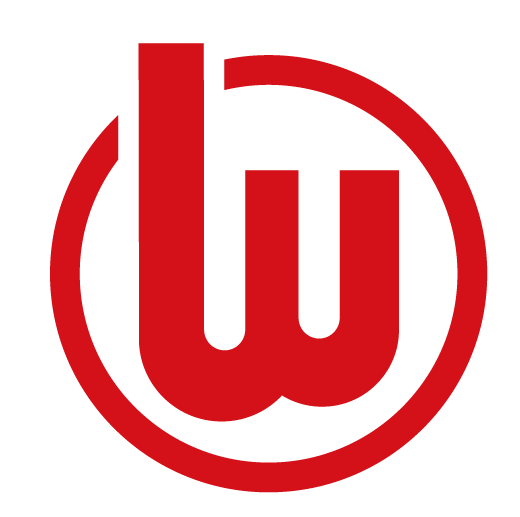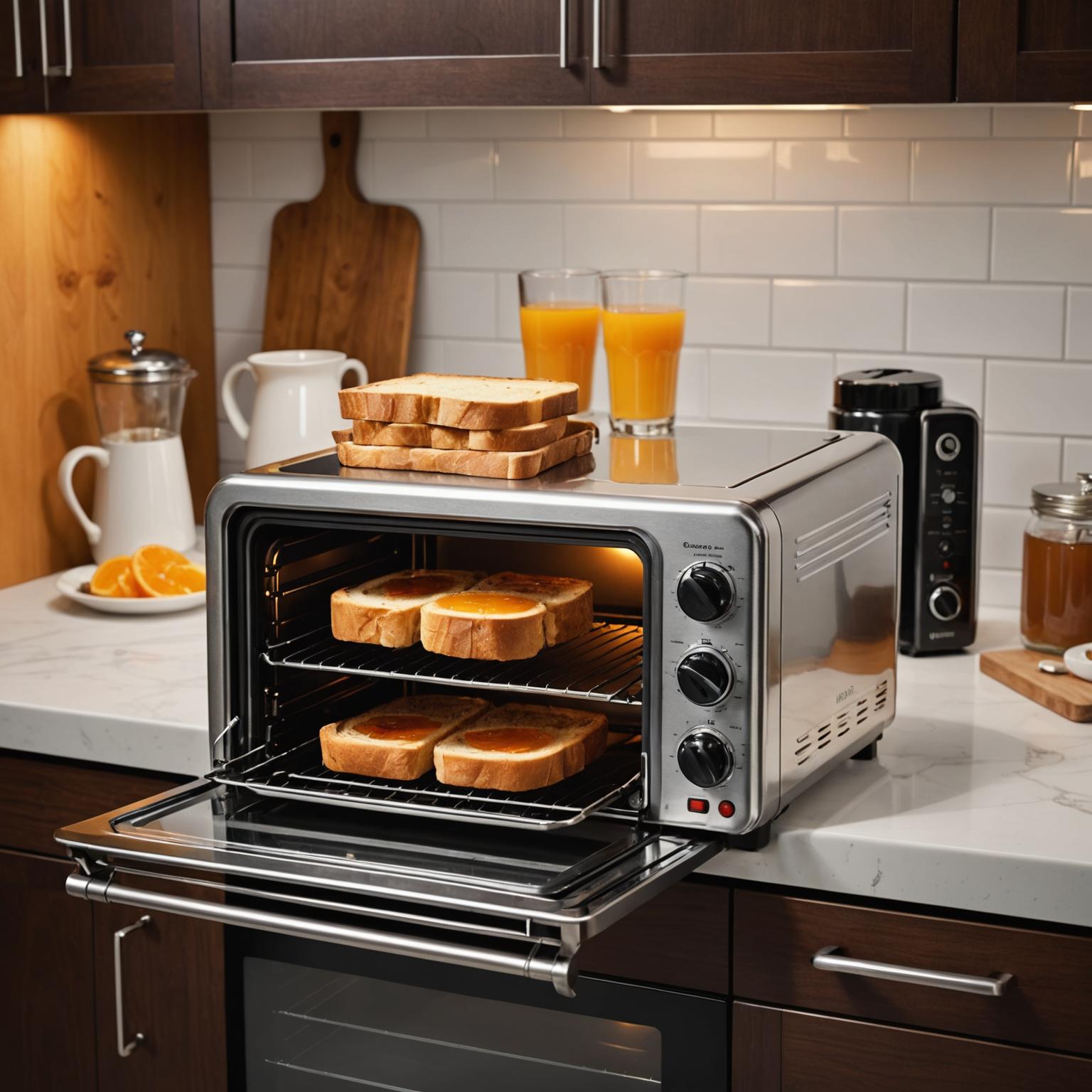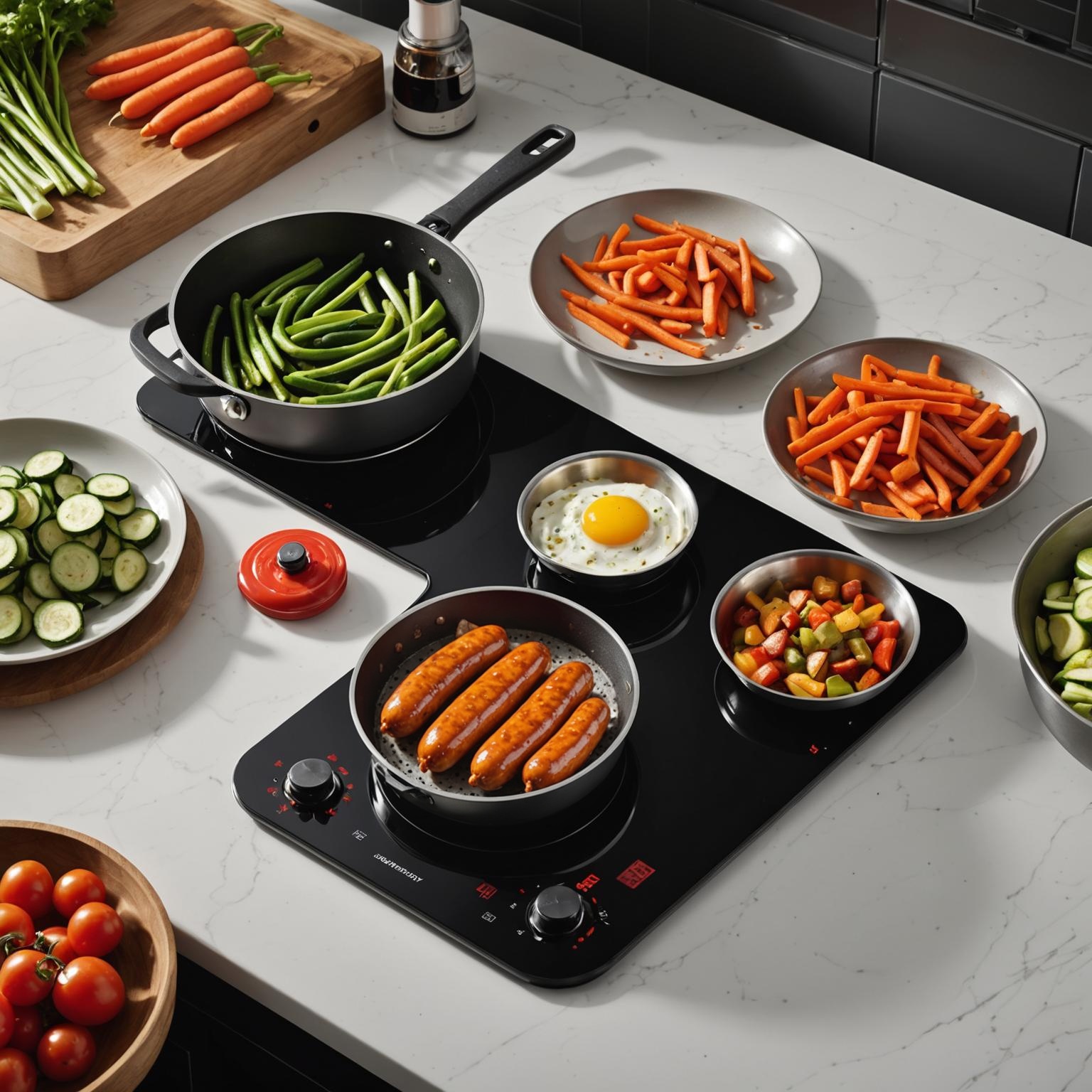Industrial Heating Element is a critical component in various industrial applications, providing the necessary heat for processes like manufacturing, drying, and material treatment. When compared to everyday heating devices such as the Electric Coil Burner, industrial heating elements stand out for their robustness and efficiency in high-demand environments. This article explores the differences and similarities between industrial heating elements and related technologies, highlighting how they serve distinct purposes while sharing some core principles.
Understanding Industrial Heating Elements Versus Industrial Electric Heaters
In the realm of heating solutions, Industrial Heating Element forms the backbone of many systems, directly converting electrical energy into heat through resistance. In contrast, Industrial Electric Heaters encompass a broader category that might integrate these elements into complete units for specific uses, such as ovens or furnaces. For instance, while an Industrial Heating Element might be a simple wire or coil designed for extreme temperatures, an Industrial Electric Heater could include additional features like insulation and controls for safer, more automated operation. This comparison reveals that Industrial Heating Elements offer versatility for customization, whereas Industrial Electric Heaters provide ready-to-use solutions, making the former ideal for tailored industrial setups and the latter for straightforward applications. However, both rely on similar principles of resistive heating, with Industrial Heating Element appearing as the fundamental building block.
Contrasting Materials: Ceramic Heating Elements and Resistive Heating Elements
Ceramic Heating Elements and Resistive Heating Elements represent two popular variations within the industrial sector, each with unique advantages and drawbacks. Ceramic Heating Elements, known for their excellent thermal stability and ability to withstand high temperatures without degrading, are often preferred in environments where precision and longevity are paramount, such as in kiln operations. On the other hand, Resistive Heating Elements, typically made from metals like nichrome, heat up quickly and are more cost-effective for general-purpose use, but they may not match the durability of ceramics in corrosive settings. A key contrast lies in their efficiency; Ceramic Heating Elements provide even heat distribution, reducing hotspots, while Resistive Heating Elements can be faster to respond to temperature changes. For companies like GUANGDONG WEBO TECHNOLOGY Co., LTD, which boasts over 500 employees and adheres to ISO 9001 and ISO 14001 standards, integrating these elements into products ensures high-quality output certified by UL, CE, and ROHS. This makes Ceramic options suitable for specialized tasks, whereas Resistive ones excel in everyday industrial heating needs, allowing businesses to choose based on specific operational demands.
Comparing Suppliers and Portable Heating Solutions
When it comes to Heating Element Suppliers, the market offers a range of options from global manufacturers to specialized firms, but not all provide the same level of reliability and innovation. For example, a supplier like GUANGDONG WEBO TECHNOLOGY Co., LTD, with an annual turnover of about $40 million, stands out due to its commitment to quality and certifications, ensuring products meet international standards for safety and performance. In contrast, Portable Heating Solutions, such as the Electric Coil Burner described in our product line, prioritize mobility and ease of use for non-industrial settings, like outdoor cooking or small apartments, making them less robust than industrial counterparts but more accessible for everyday consumers. This juxtaposition highlights how Heating Element Suppliers focus on bulk, durable components for heavy industry, while Portable Heating Solutions emphasize compactness and quick setup for versatile applications. Ultimately, for industries relying on Industrial Heating Element, partnering with reputable suppliers ensures long-term efficiency, whereas portable options serve as a convenient alternative for temporary or domestic use, demonstrating the adaptability of heating technology across different contexts.







